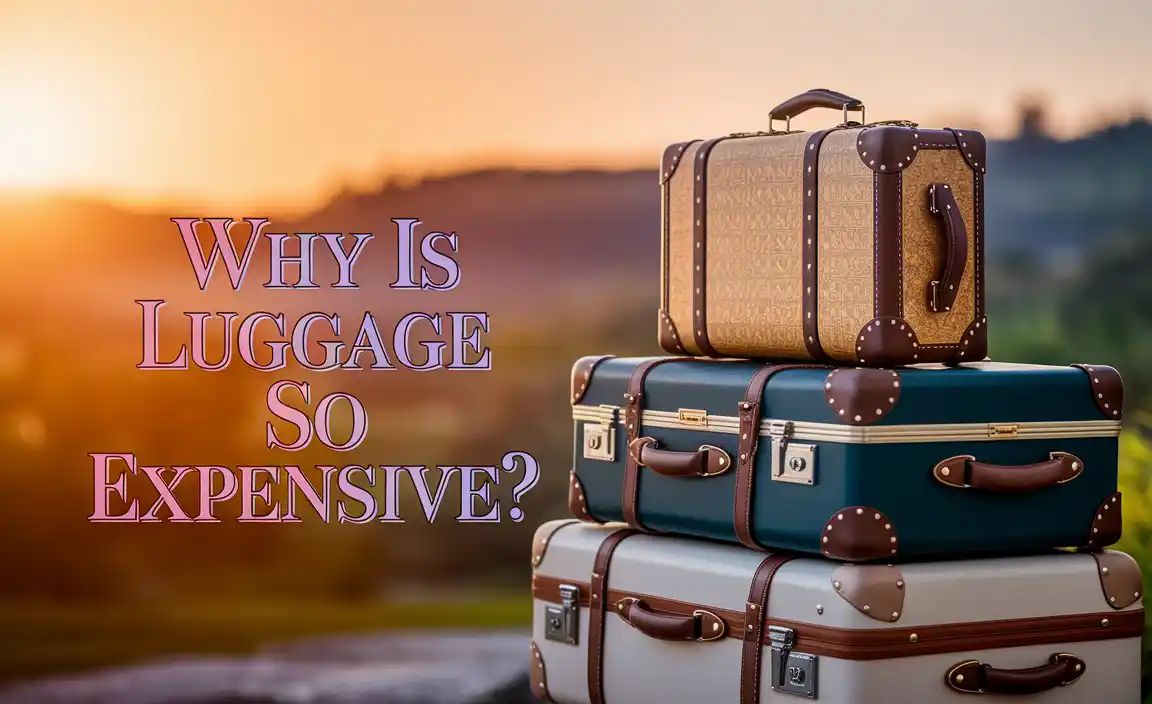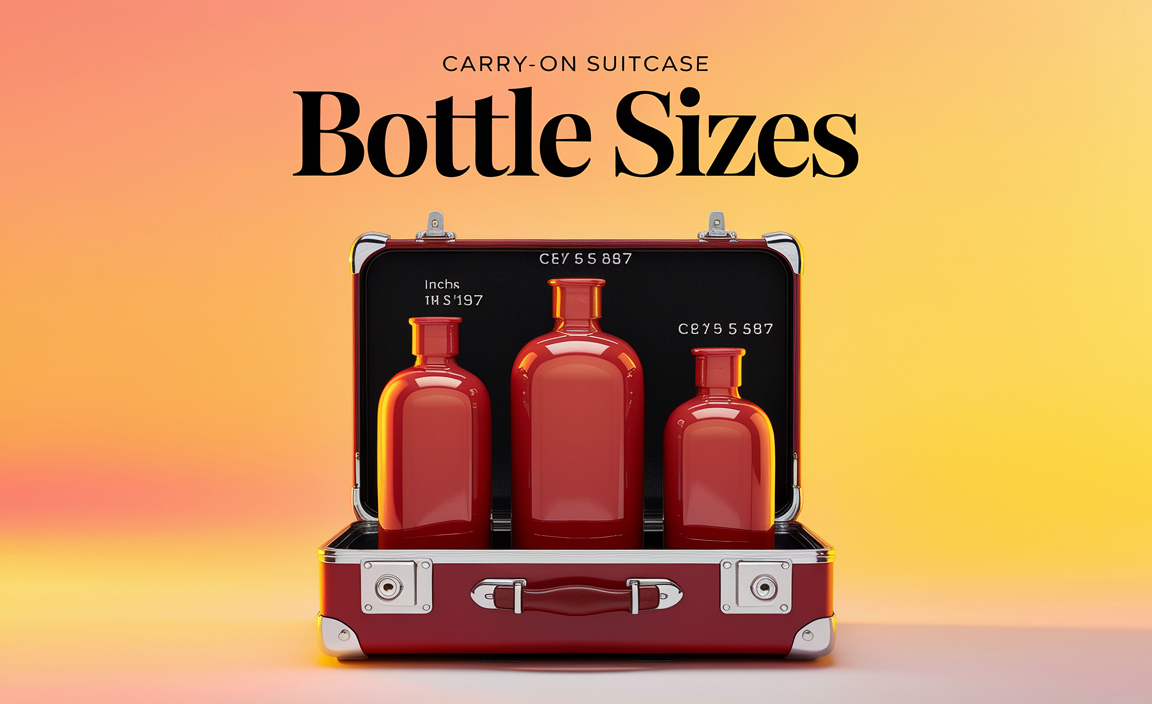Feeling a little nervous about safety in Bogota? It’s completely normal to want to be prepared! This guide breaks down common scams in Bogota and gives you simple, effective ways to avoid them.
We’ll cover everything from staying aware of your surroundings to making smart choices with your money. You’ll leave feeling confident and ready to enjoy Colombia’s vibrant capital without worry. Let’s dive into how you can travel smarter!
Bogota is a city bursting with color, culture, and incredible energy. From its historic La Candelaria district to its bustling street markets, there’s so much to explore. Like any major capital city, though, it’s wise to be aware of your surroundings and common tourist pitfalls. Many visitors have wonderful, worry-free trips, and with a little preparation, you absolutely can too!
This article is your friendly guide to spotting and sidestepping potential scams, ensuring your Bogota adventure is all about exciting discoveries and unforgettable memories. We’ll equip you with practical, easy-to-follow advice that’s perfect for any traveler.
Understanding Bogota Safety: It’s All About Awareness
When we talk about Bogota safety, it’s not about fear; it’s about empowering yourself with knowledge. The best defense against scams is being informed and vigilant. Most people in Bogota are incredibly welcoming and honest, but a few bad apples can spoil the bunch if we’re not careful. Think of this as packing the right gear for your trip – it’s essential for a smooth journey. We’ll focus on easy-to-implement strategies that don’t require you to be a detective, just a smart traveler.
Common Scams and How to Spot Them
Knowing what to look out for is half the battle. Scammers often target tourists because they’re unfamiliar with local customs and potentially carrying more cash or valuables. Here are some of the most common scams you might encounter in Bogota, presented so you can easily recognize and avoid them.
The “Friendship” Scam (or “Overly Friendly Stranger”)
This is a classic. Someone approaches you – often at a popular tourist spot, a bus station, or a cafe – and strikes up a conversation. They might seem incredibly friendly, chatty, and eager to help you with directions or recommendations. The goal is usually to lead you to a specific restaurant, shop, or bar where they receive a commission, or worse, to get you involved in a more elaborate scheme like a fake “gift” that turns out to be stolen or a rigged gambling game.
How to Spot It: The stranger is too interested, too helpful, and their story might feel rehearsed. They might insist on accompanying you or steer you to a particular place.
How to Avoid It: Be polite but brief. Thank them for their help and politely decline any offers to go somewhere with them. Stick to places you’ve researched or that are recommended by your hotel or reputable travel guides. Never accept unsolicited invitations to private gatherings.
The “Bag Switch” or Distraction Theft
This is a common tactic in crowded places, especially markets or on public transport. A scammer, often working with an accomplice, will try to distract you – perhaps by bumping into you, spilling something on you, or asking for help – while their partner quickly makes off with your belongings or swaps your bag for a less valuable one.
How to Spot It: Unnecessary jostling, sudden commotion around you, or people being overly persistent in getting your attention.
How to Avoid It: Always keep your valuables secured and in front of you. Use a crossbody bag, a money belt, or a backpack worn on your front in crowded areas. Be aware of your surroundings and who is close to you. If someone bumps into you unexpectedly, check your belongings immediately.
The Coffee Shop/Taxi “Overcharge” or “Short-Change”
This scam happens in smaller, less formal establishments or with unofficial taxis. A server might try to charge you more than the menu price, or a taxi driver might claim a higher fare or try to give you incorrect change.
How to Spot It: Prices don’t match the menu, or the change you receive doesn’t seem right. Taxi drivers who refuse to use the meter or quote an exorbitant flat rate.
How to Avoid It: Always check menus carefully and have an idea of typical prices. When paying, especially with cash, count your change carefully before leaving the counter or letting the taxi drive away. For taxis, insist on using the meter (taxímetro). If a driver refuses, find another. Official airport taxis are usually a safer bet. If you’re unsure about taxi prices from the airport or within the city, ask your hotel for a reliable service or an estimated fare.
The Counterfeit Money Scam
This is less common for tourists to fall victim to initially, but it’s important to be aware of. Scammers might try to pass off fake bills, often older or damaged ones, as real currency when giving you change. They might intentionally give you bad change.
How to Spot It: Bills that feel unusually stiff or flimsy, lack the proper security features (like watermarks or security threads), or appear to have odd ink.
How to Avoid It: Get your currency from reputable sources like official banks or exchange bureaus. When you receive change, especially larger bills, take a moment to check them. Look for security features. If you’re unsure about a bill, politely ask for another. Familiarize yourself with Colombian peso security features from the Banco de la República website.
The “Broken” Visa/Immigration Scam
At border crossings or, less commonly, within the city, someone might approach you claiming to be an official or a helpful guide who can sort out your visa or immigration paperwork for a fee. This is almost always a scam.
How to Spot It: Someone who isn’t in a uniform approaching you and offering to help with official documents for a fee.
How to Avoid It: Only deal with official immigration or police personnel at designated government offices. Never pay anyone on the street for assistance with official paperwork. If you have questions about your visa or entry requirements, consult official government resources like the Colombian Ministry of Foreign Affairs or your embassy.
General Bogota Safety Tips for Travelers
Beyond specific scams, adopting general safety practices will significantly reduce your risk and ensure a smoother trip. These tips are practical and easy to integrate into your daily explorations.
Stay Aware of Your Surroundings: This is the golden rule for Bogota safety. Pay attention to who is around you, especially in crowded places like markets, bus terminals, and tourist attractions such as Monserrate or Plaza de Bolívar.
Secure Your Valuables: Use a money belt or a secure internal pocket for your passport, large amounts of cash, and credit cards. Keep your phone and wallet in a front pocket or a secure bag. Never leave bags unattended.
Be Cautious with Unsolicited Help: While many locals are genuinely helpful, be wary of strangers who are overly eager to assist you with directions or offers of tours.
Use Reputable Transportation: Opt for official taxis or ride-sharing apps like Uber or Didi. Always ensure the driver is legitimate and the meter is on for taxis. Avoid hailing random cars.
Know Your Route: Before you go out, have a general idea of where you’re going. This makes it harder for taxi drivers to take you on a long detour or to an unfamiliar, unsafe area.
Blend In (as much as possible): Avoid flashing expensive jewelry, electronics, or large amounts of cash. Dress modestly and try not to look like an obvious tourist who is lost or overwhelmed.
Trust Your Gut: If a situation feels off, it probably is. Don’t hesitate to remove yourself from it. Walk away, go into a busy shop, or call a trusted contact.
Limit Alcohol Consumption: Being inebriated makes you a much easier target. Enjoy yourself, but stay aware and in control.
Learn Basic Spanish Phrases: Knowing a few phrases can help you navigate situations, negotiate fares, and communicate your needs more effectively. Essential phrases like “Cuánto cuesta?” (How much does it cost?) or “No, gracias” (No, thank you) can be very useful.
Research Neighborhoods: Some neighborhoods are safer than others, especially at night. Stick to well-known tourist areas and main streets after dark. Research areas like Usaquén, Zona G, and parts of Chapinero and La Candelaria which are generally considered safer for visitors. Areas further out or less developed can pose higher risks.
Practical Steps to Enhance Your Bogota Safety
Let’s break down some actionable steps you can take to make your Bogota safety plan a reality. These are simple habits that will make a big difference.
1. Managing Your Money Wisely
One of the biggest draws for scammers is tourist money. By being smart about how you carry and spend cash, you significantly reduce your risk.
Carry Only What You Need: Don’t carry all your cash and credit cards around with you. Leave extra cash, your passport (unless required for ID), and spare cards in your hotel safe.
Use a Money Belt or Secure Pouch: This is the best way to keep your essentials hidden and secure against your body. It’s much safer than a wallet in a pocket or a purse.
Divide Your Cash: Carry small amounts of Colombian pesos in different places – a little in your wallet for daily expenses, some hidden in your money belt, and perhaps a small emergency stash separate from everything.
Be Discreet When Paying: Don’t pull out a large wad of cash to pay for something. Count your money discreetly and keep other bills hidden.
ATM Safety: Use ATMs located inside banks or well-lit, secure areas, preferably during daylight hours. Be aware of anyone loitering nearby. Cover the keypad when entering your PIN. Learn more about ATM practices in Colombia.
2. Navigating Transportation Safely
Getting around Bogota can be a breeze if you use recommended methods. This is where many tourist scams can occur, so paying attention is key.
Official Taxis are Your Friend: Look for official taxis with identification numbers. Always insist they use the meter (“taxímetro”). If a driver refuses or quotes a price that seems too high, decline and find another.
Ride-Sharing Apps are Convenient: Services like Uber, Didi, and Cabify are widely used and can offer a secure way to travel. The app provides driver and vehicle details, and your trip is tracked.
Airport Transfers: For your arrival, pre-booking a shuttle with your hotel or using official airport taxis is generally the safest and most reliable option. Avoid anyone who approaches you aggressively offering transport.
Avoid Unmarked or Suspicious Vehicles: Never get into a car that isn’t an official taxi or a pre-booked service.
3. Staying Secure in Public Spaces
Crowded areas are prime spots for petty theft and distraction scams. Here’s how to stay safe while exploring.
Bag Security is Paramount: Always wear bags across your body, with the strap in front of you. For backpacks, consider wearing them on your front in very crowded areas like the TransMilenio buses or busy markets.
Be Mindful of Your Belongings: Never leave your phone, wallet, or bag unattended, even for a moment. This includes at cafes, restaurants, and on public transport.
Watch for Distractions: If someone bumps into you, spills a drink, or creates a commotion, it’s a potential distraction. Keep your hands on your belongings and be alert.
Say “No, Gracias” Firmly: If someone is being overly persistent or trying to push you into something you’re not comfortable with, a firm and clear “No, gracias” coupled with walking away usually suffices.
4. Phone and Digital Safety
In today’s world, digital safety is also crucial.
Public Wi-Fi Caution: Avoid accessing sensitive information (like banking details) on public Wi-Fi networks. If you need a secure connection, consider using a VPN.
Keep Phone Locked: Ensure your phone has a passcode, fingerprint, or facial recognition lock.
Be Wary of “Helpful” Strangers with Phones: If someone offers to help you make a call or use your phone, be cautious. They could be trying to distract you or tamper with your device.
Bogota Safety: A Comparison of Common Tourist Areas
To further enhance your understanding of Bogota safety, consider how different popular tourist areas measure up. While general safety tips apply everywhere, some areas might require slightly more vigilance.
| Area Name | General Safety Perception | Common Scams to Watch For | Best Practices |
| :—————- | :———————— | :——————————————————- | :—————————————————————————————————————— |
| La Candelaria | Moderate/High Awareness | Pickpocketing, “friendship” scam, street vendors pressure | Stick to well-lit, main streets. Be aware of surroundings in crowded plazas. Keep valuables secure. Avoid empty alleys. |
| Monserrate | High (Monitored) | Pickpocketing (especially on crowded funicular/cable car) | Keep belongings secure. Be aware of your immediate surroundings. |
| Usaquén | High | Usually minimal, but standard pickpocketing awareness. | Enjoy the Sunday market and restaurants. Be mindful in very crowded market times. |
| Zona T / Zona G | High | Minimal; standard urban awareness. | Primarily upscale dining and shopping. Be aware of your valuables, especially at night. |
| TransMilenio | Moderate/Low | Pickpocketing, bag snatching, distraction theft. | High vigilance required. Keep bags in front, avoid displaying valuables, be aware of pickpockets. Hold on tight. |
| El Dorado Airport | Moderate/High | Taxi scams, unsolicited “help” offers, luggage theft. | Use official airport taxis or pre-booked transfers. Be wary of anyone approaching you aggressively. |
This table highlights that while popular spots are generally safe, vigilance is key everywhere. The TransMilenio system, while efficient, requires the most caution for Bogota safety.
External Resources for Bogota Safety Information
Staying informed is crucial for any traveler. Here are some reputable resources that can provide additional insights into travel safety in Colombia.
The U.S. Department of State – Bureau of Consular Affairs offers country-specific information, including safety advisories for Colombia. You can find their Colombia travel information here.
The UK government’s Foreign, Commonwealth & Development Office also provides travel advice and safety guidelines for Colombia, which can be accessed through their Colombia travel advice page.
* For information on counterfeit currency and how to identify genuine Colombian Pesos, the official Banco de la República website is an excellent resource.
Conclusion
Bogota is a dynamic city with so much to offer, from its rich history and vibrant arts scene to its delicious cuisine and friendly people. By arming yourself with knowledge and practicing smart travel habits, you can navigate the city with confidence and avoid common tourist traps and scams. Remember that Bogota safety is about awareness
Frequently Asked Questions
Is Bogota generally safe for tourists?
Yes, Bogota is generally safe for tourists, especially when taking standard precautions. Millions of tourists visit Bogota every year and have a wonderful time. Being aware, informed, and vigilant reduces risks significantly.
Is it safe to use public transportation like the TransMilenio?
The TransMilenio is an extensive and affordable way to get around, but it can get very crowded. Pickpocketing and petty theft are more common here. It’s essential to keep your belongings secure, preferably in front of you, and be aware of your surroundings at all times. Avoid displaying valuables.
What should I do if I think I’ve been scammed?
If you believe you’ve been a victim of a scam or theft, report it to the local police (Policía Nacional) as soon as possible. Many tourist areas have specific police units that can assist. Keep any evidence you might have. You might also want to inform your hotel or tour operator.
Is it safe to walk around Bogota at night?
It’s generally recommended to avoid walking alone in unfamiliar or poorly lit areas at night. Stick to well-populated and well-lit main streets, especially in popular tourist districts like La Candelaria, Usaquén, and Zona T. If you need to travel at night, use reputable taxis or ride-sharing services.
What currency should I carry, and how much?
The currency is the Colombian Peso (COP). It’s best to carry only the amount of cash you expect to need for the day, with smaller denominations readily accessible. Keep larger bills and your credit cards secure in a money belt or hidden pouch, and leave excess cash and your passport in your hotel safe.
Are there any specific safety concerns for solo female travelers in Bogota?
Solo female travelers should follow the same safety guidelines as everyone else. Be aware of your surroundings, avoid walking alone late at night in deserted areas, and be cautious of overly friendly strangers. Trust your instincts and don’t hesitate to seek assistance from police or hotel staff if needed.




